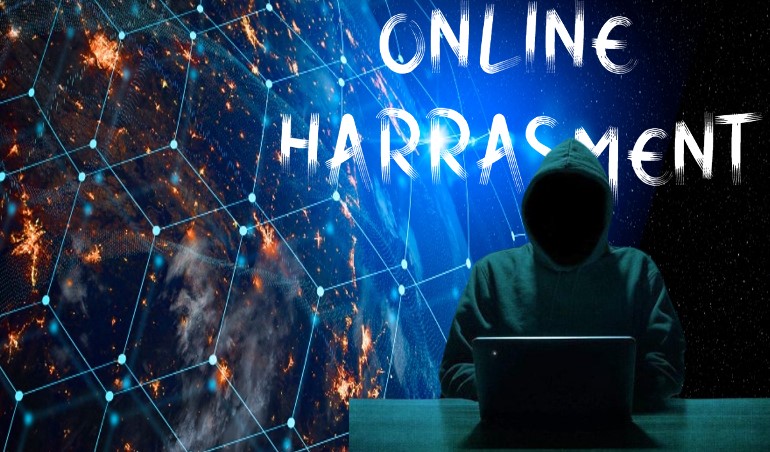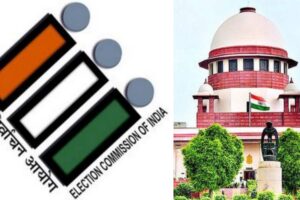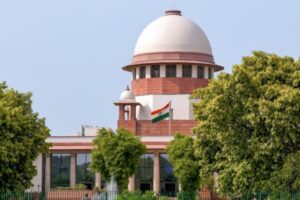
The Supreme Court has recently issued a decision to overturn the conviction of a Colorado resident who engaged in online stalking.
Thereby establishing a stricter standard for determining when threats made on social media can be considered criminal acts.
Justice Elena Kagan, speaking on behalf of a 7-2 majority, stated that “the First Amendment still requires proof that the defendant had some subjective understanding of the threatening nature of his statements.”
In 2016, Billy Raymond Counterman was prosecuted by the state of Colorado and ultimately convicted in a state court. The prosecution argued that the numerous Facebook messages Counterman sent to a female singer-songwriter, Coles Whalen, were objectively threatening and were received as such by the victim.
Counterman served a sentence of 4½ years in prison, despite consistently maintaining that he never intended to threaten the musician.
According to Justice Elena Kagan’s opinion, “The state must show that the defendant consciously disregarded a substantial risk that his communications would be viewed as threatening violence.” Kagan emphasized that the state’s failure to provide evidence of intent or state of mind constitutes “a violation of the First Amendment”.
Whalen expressed disappointment in the Supreme Court’s decision, stating on her website “I’m disappointed that the Supreme Court’s decision has minimized the harm that stalking and threatening causes to victims and their families. If you are afraid, please trust yourself and reach out for help. The Court’s decision does not mean that victims must stand alone. The thousands of unstable messages sent to me were life-threatening and life-altering.”
Justices Amy Coney Barrett and Clarence Thomas dissented from the majority opinion. Barrett argued, “Counterman communicated true threats, which, everyone agrees, lie outside the bounces of the First Amendment protection”. She stated that “He knew what the words meant. Those threats caused the victim to fear for her life, and they upended her daily existence.
Nonetheless, the court concludes that Counterman can prevail on a First Amendment defense. Nothing in the Constitution compels that result.”
Supporters of Counterman’s case, including legal scholars, believe that the Supreme Court’s decision strengthens protections for free speech and lowers the risk of wrongfully “criminalizing misunderstandings”, as highlighted by Counterman’s attorneys in earlier court filings.
On the other hand, critics of the ruling caution that it could pose challenges for law enforcement in safeguarding individuals online, particularly in the face of widespread threatening behavior. They express concerns that the decision may make it more challenging to address and prevent harmful conduct in the digital realm.
Colorado Attorney General Phil Weiser expressed concerns in an earlier interview with a News channel, stating, ” “Stalkers are often oblivious to reality, and if you require the state to have to show that they understood that their words were threatening and creating this fear of physical violence, you could actually let a lot of stalkers go.”
Justice Kagan, writing on behalf of the majority, acknowledged these concerns. However, in the court’s opinion on Tuesday, she stated that the new standard would not compromise “too many of the benefits of enforcing laws against true threats.”
Kagan emphasized that “The rule we adopt today is neither the most speech-protective nor the most sensitive to the dangers of true threats”. Instead, it strikes a balance that “preserves important aspects of both sides of the issue”.




